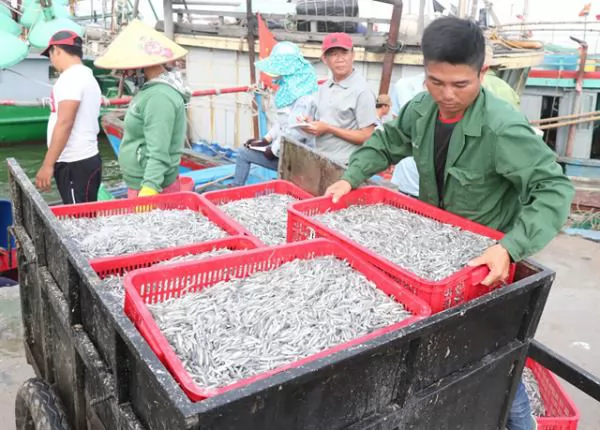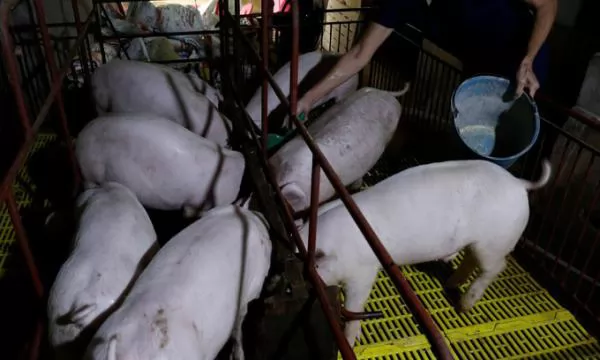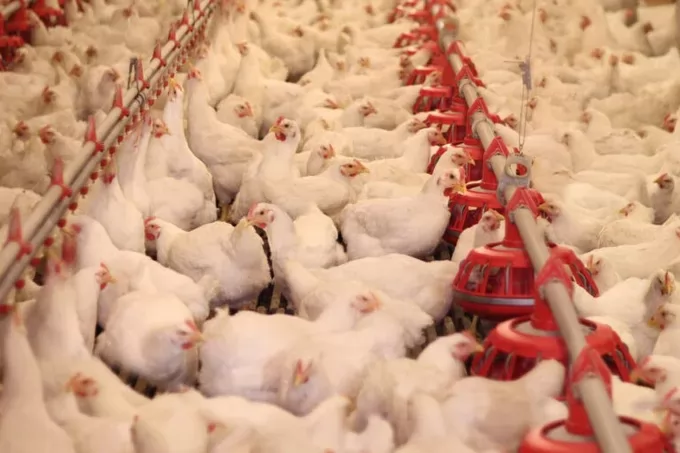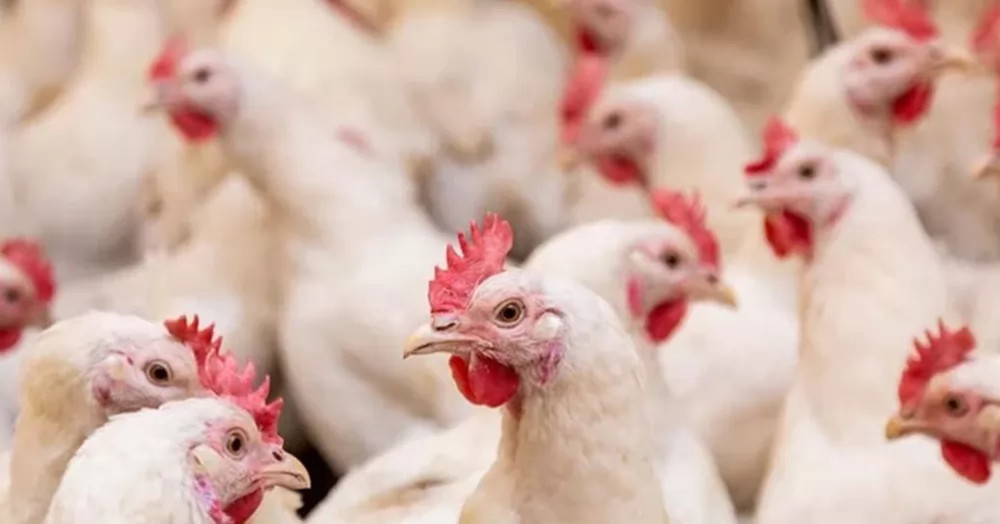Protecting raw resources vital to the future of fish sauce

Fisherman sorting anchovies at a harbour in Quảng Trị province. Việt Nam is now home to 1,500 fish sauce manufacturers; among which 35 specialise in making fish sauce for export.— VNA/VNS Photo
HÀ NỘI — Fish sauce is a staple found on tables up and down the country - in fact, the General Statistics Office (GSO) reported last year that the average person consumed 3.9 litres of fish sauce annually.
However, the industry is at risk of over-exploitation as producers attempt to keep up with demand.
The issue was addressed during a workshop held by the Việt Nam Fish Sauce Association, Việt Nam Fisheries Society and the Research Institute for Marine Fishery, under the Ministry of Agriculture and Rural Development (MARD) recently.
Speaking at the workshop, MARD Deputy Minister Phùng Đức Tiến said that by 2030, fishing output may reduce to 2.8 million tonnes while aquaculture production would reach seven million tonnes because the current fishing intensity was too great.
The GSO reports that Vietnamese fish sauce productivity last year reached nearly 380 million litres.
The fish sauce processing industry has generated jobs for 10,000 people and millions of fishermen, traders and salt makers.
The processing industry shows great potential, however, its export turnover left behind the production capacity by 12.6 per cent compared to total production output.
Việt Nam’s export of fish sauce to Asian countries accounted for 54 per cent, Australia with 18 per cent, the European countries with 13 per cent and the US with 13 per cent.
Đinh Xuân Lập, Deputy Director of the Center for International Cooperation in Aquaculture and Sustainable Fisheries (ICAFIS) under the Việt Nam Fisheries Society told participants that the Vietnamese fish sauce production industry has an abundant source with about 2.45 million tonnes of fish. The fishing industry has a 500-600 year history and a large number of highly skilled fishermen. The exploitation has formed a close link between fishing to processing.
Along with hygienic and human health protection requirements, the fish sauce industry must be responsible for the fishing sector. This is a common roadmap and also the country’s commitment to the international market.
Việt Nam is now home to 1,500 fish sauce manufacturers; among which 35 specialise in making fish sauce for export. However, many of them have not yet fully ensured food hygienic and safety conditions such as hazard analysis and critical control points and ISO standards. Fish sauce processors have still shown weakness in post-harvest preservation.
Furthermore, Decision 1005 of the EC stated that fishery products and those derived from sea products exported to Europe must have a certificate for illegal, unreported and unregulated (IUU) fishing regulations.
In addition, Vietnamese fishing vessels near the coastal area are not fully installed with equipment following the IUU regulations such as fishing vessel monitoring systems. Fishing boats are still small-scaled and the exploitation cost remains high. Fishery sources near coastal areas are increasingly depleted due to environmental issues and climate change.
Lập said Việt Nam has so far signed 13 free trade agreements. These agreements have provided opportunities for local businesses and fish sauce processors.
MARD, the Ministry of Health, and the Ministry of Industry and Trade should support aquatic products and fish sauce production. Foreign clients, interested in Vietnamese fish sauce, are a huge opportunity for domestic fish sauce makers.
To promote the fish sauce industry, Lập suggested conducting community-based resource management models by working towards sustainable exploitation of aquatic resources. Close links between the Fish Sauce Association and fish sauce makers should be further enhanced to bring more Vietnamese fish sauce to foreign markets.
The country’s marine resources are being overexploited. To protect and develop seafood resources in a sustainable manner, the fish sauce industry needs to find other marine sources with high nutrient value. It should focus on studying the the biological characteristics of seafood species to determine the location of spawning, breeding grounds and seasons to protect the marine sources. — VNS
Maybe you are interested

Vietnam protects breeding pigs amidst African swine fever outbreak
109,000 purebred pigs have been kept safe to help Vietnam rebuild its herd after the decimation caused by African swine flu, an incurable disease.

Poultry industry expansion in Poland sparks environmental woes
A group of Polish environmental organisations have rallied against the rapid expansion of the industrial poultry industry segment, calling on the authorities to curb further growth.

Worst ever UK outbreak of avian influenza declared over
The UK's poultry meat sector has welcomed the announcement that the UK had introduced self-declared zonal freedom from highly pathogenic avian influenza across Great Britain, in line with WOAH rules.





